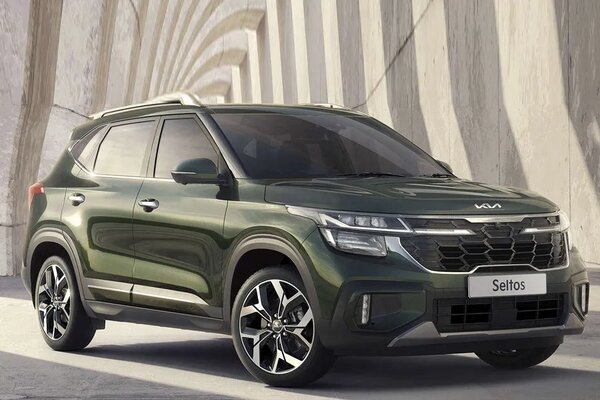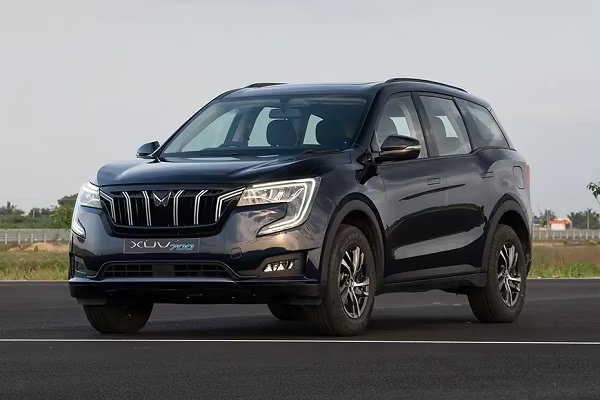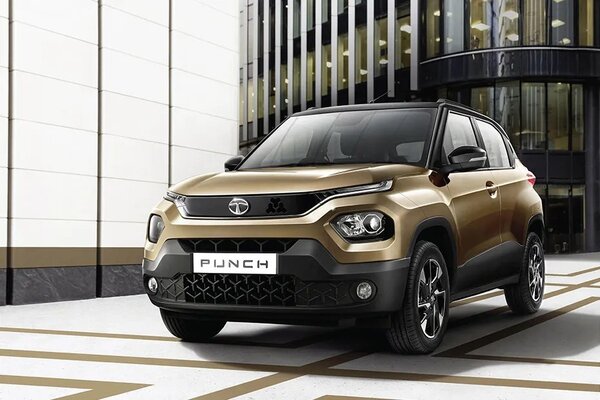BMW hybrid system balances power with responsibility
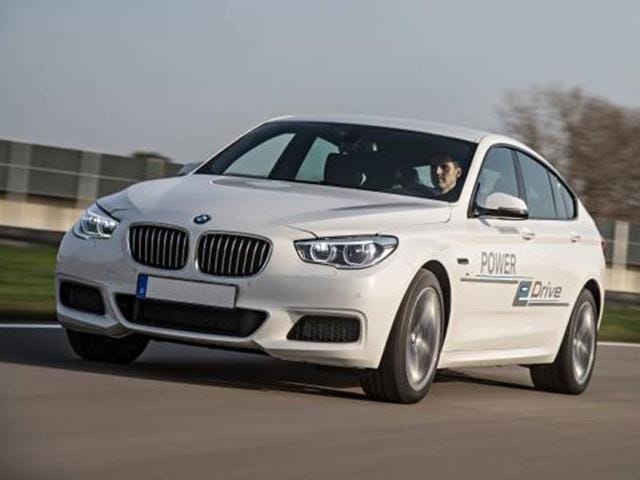

At a special event at its company headquarters this week, BMW took the wraps off a new plug-in hybrid system and with it, signalled the direction that Europe's leading carmakers are going in order to meet increasingly stringent pollution, emissions sand fuel economy regulations that are coming into force.
Called the Power eDrive and demonstrated in a special prototype BMW 5-Series GT, the new powertrain promises the sort of power one expects from a 6-liter V12 Rolls-Royce but combined with the CO2 emissions more associated with a Toyota Prius.
Trending Cars
By 2021, companies will have to meet a 'fleet average' emission level of 95g of CO2 /km. In simple terms it means when the emissions levels of all of a manufacturer's different cars are added together and the average taken, it needs to be 95g of CO2 /km.
That's an easy target to hit for a company like Smart, which only builds two, highly efficient, tiny city cars. But for brands like Volvo, VW and BMW, with potent luxury sedans, serious sportscars and heavy SUVs in their ranges, the challenges and costs are major -- a point that was high on the agenda at this year's International Conference on Advanced Automotive 48V Power Supply Systems, held in Düsseldorf earlier in November.
'Until we have a really significant breakthrough with battery chemistry or fuel-cell technology, the high voltage approach to hybridization and pure battery electric vehicles will remain too expensive for universal application across high volume vehicle platforms,' said Paul Bloore, product validation manager for CPT, a multinational company that provides 'clean technology' to car companies, at the event.
Instead, car companies will gravitate towards solutions that balance efficiency with expense, which means evolving existing engines, powertrains and hybrid technologies in the hopes of hitting emissions targets.
Thrill of the ride not sacrificed
But even with that approach, the BMW eDrive shows that the cars of the next decade will be able to meet increasingly stringent targets yet still be exhilarating to drive. The eDrive uses a 228bhp turbocharged four cylinder engine and two electric motors which can deliver an incredible 670bhp when working together -- more power than any car in BMW's range (including Rolls-Royce) can currently offer.
The gas engine's main job is to generate power for the electric motors but can also send power to the wheels for extra acceleration. The car can travel for 62 miles (100km) on electric power alone and despite only having a 30-liter fuel tank will cover 370 miles (595km) before it needs to be plugged in and the tank topped up.
The new drive train is expected to be offered on BMW's premium SUVs and could soon be powering its smaller Rolls-Royce models, too. BMW hasn't mentioned CO2 figures, but an earlier incarnation of the technology was demonstrated at the 2013 Frankfurt Motor Show capable of emitting just 90g/km when powering a BMW X5 SUV.







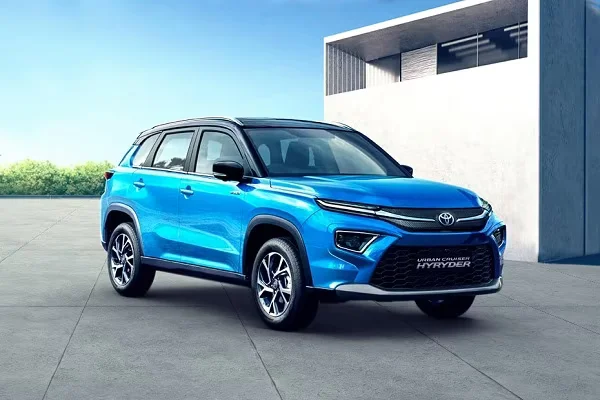
 1490 cc
1490 cc Multiple
Multiple
